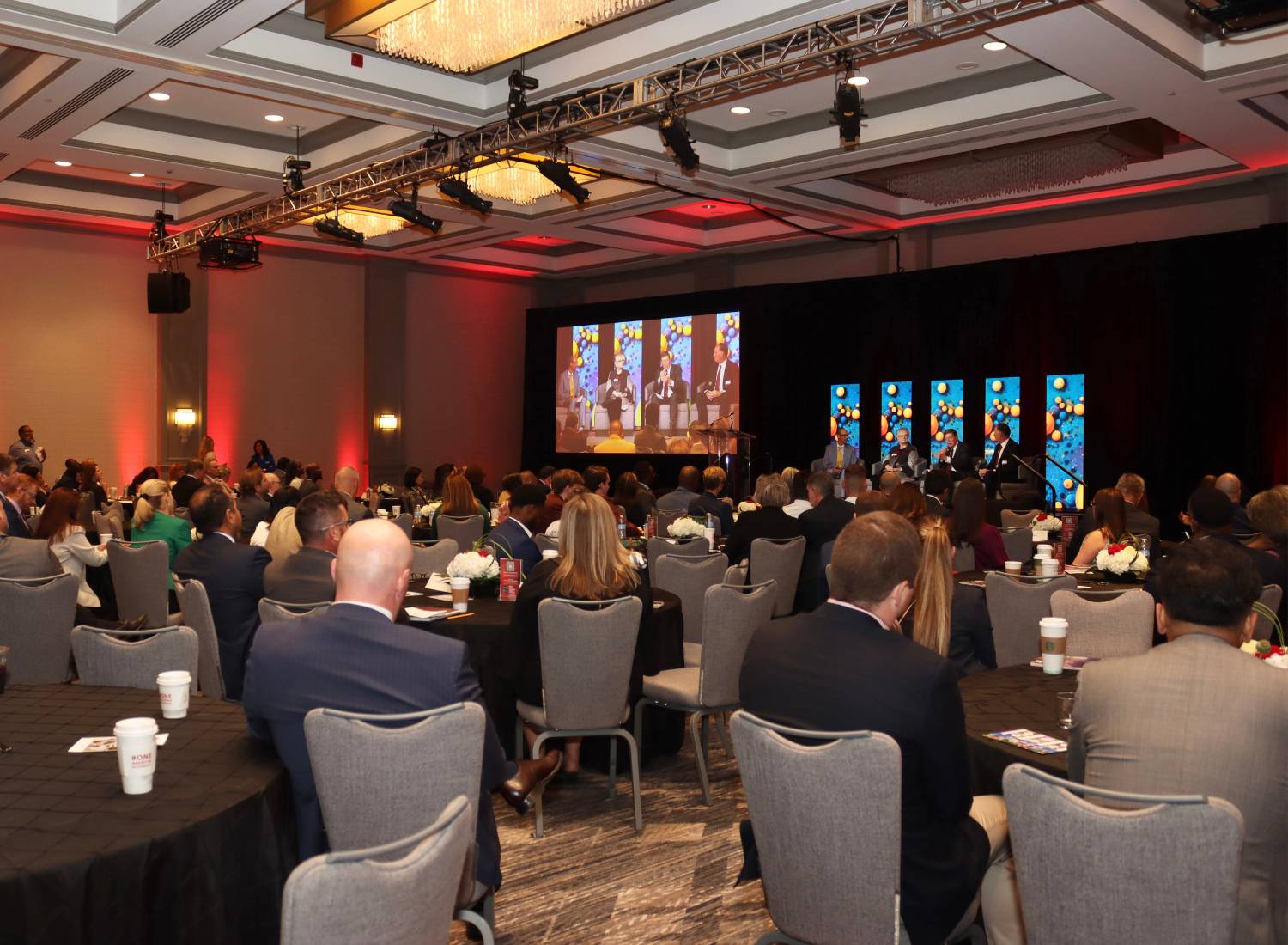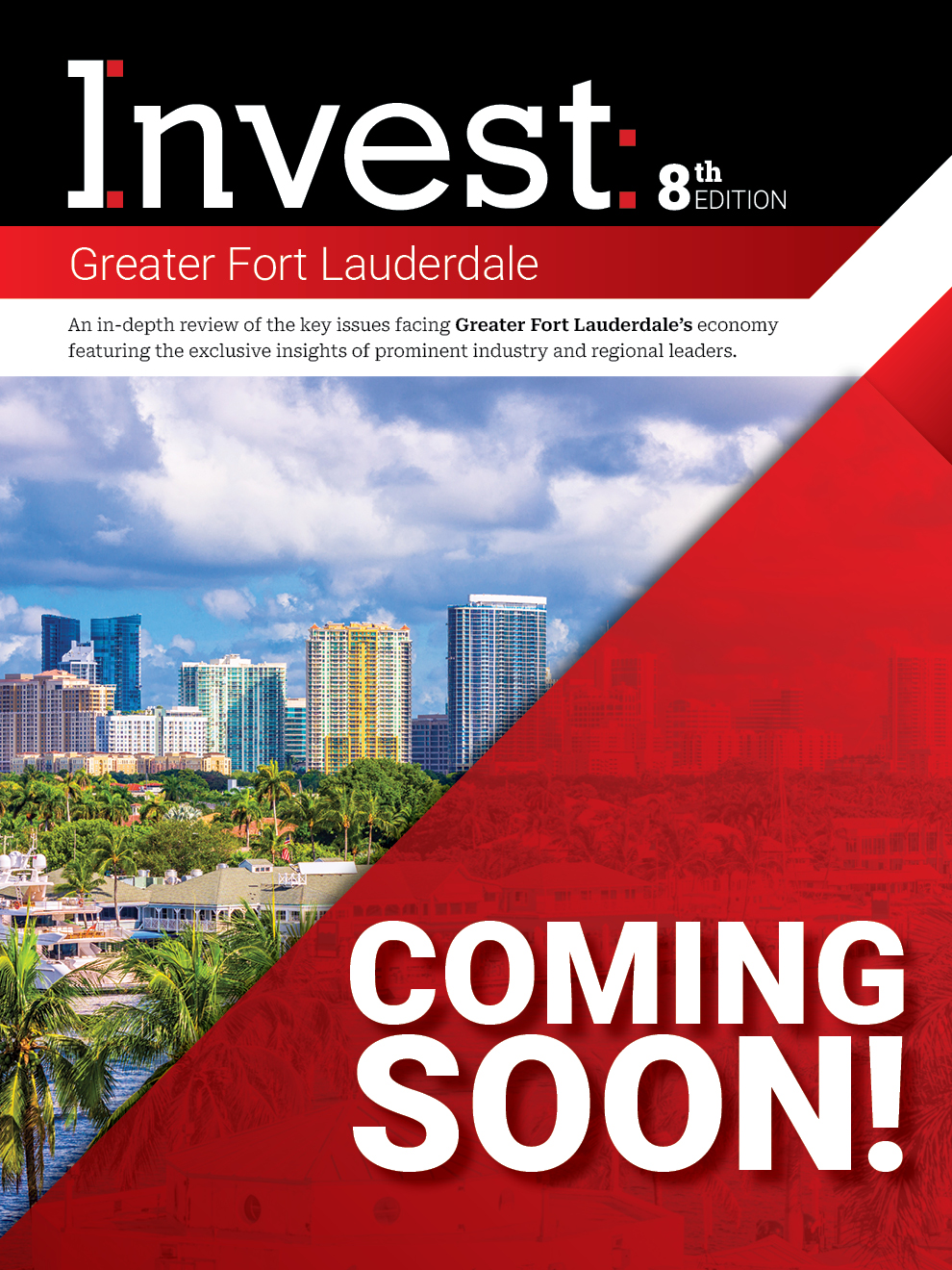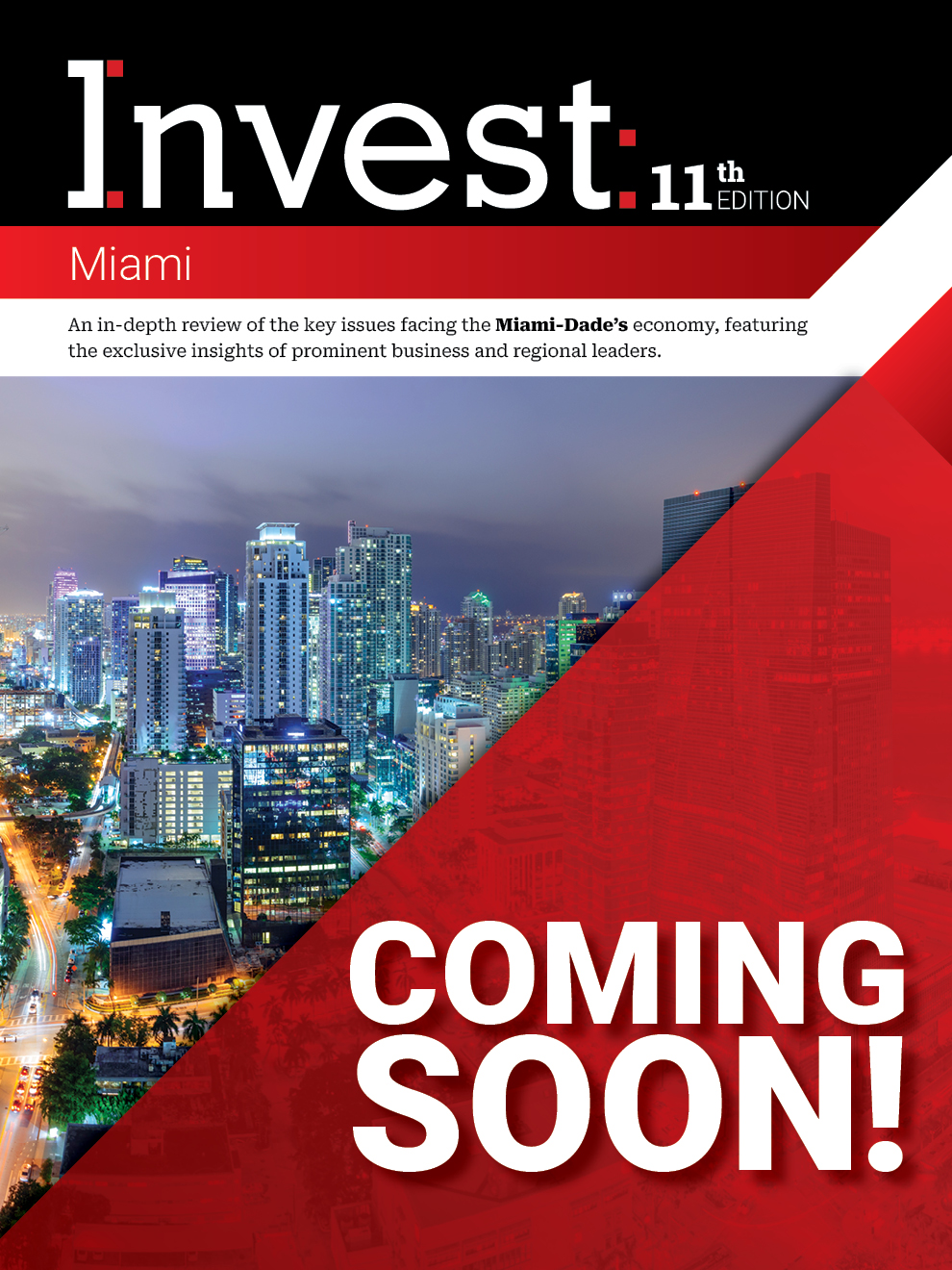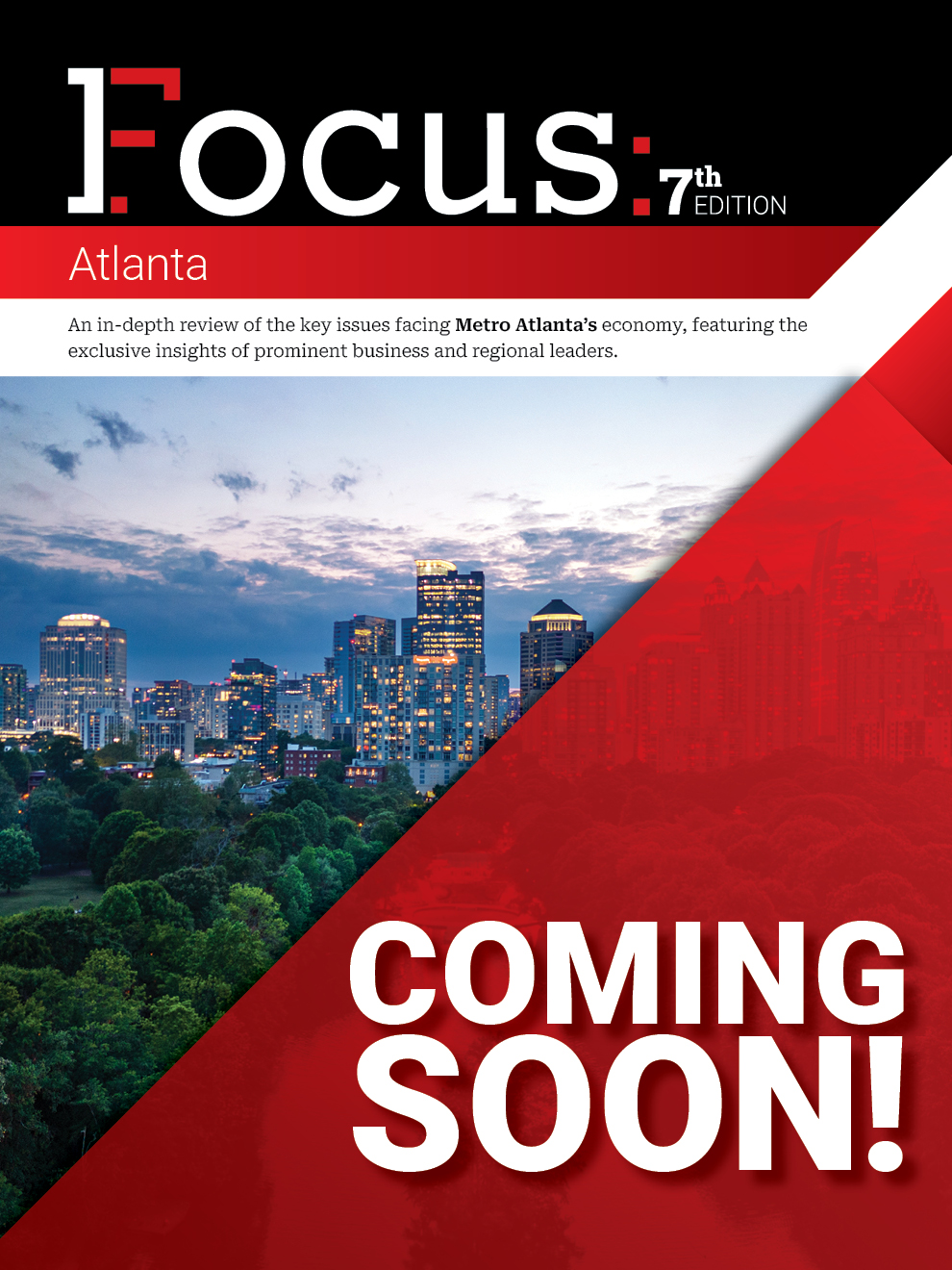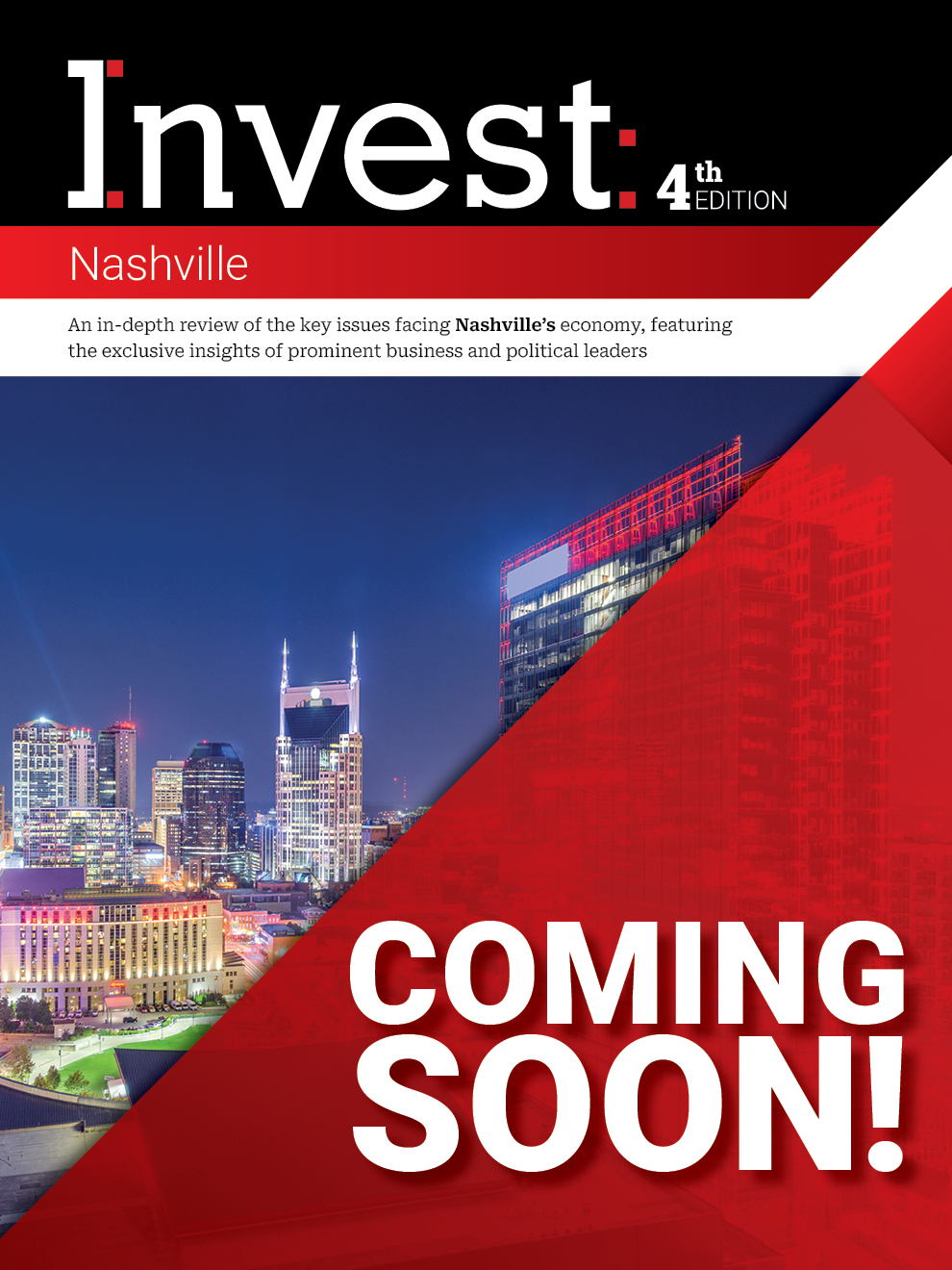Michelin Guide spurs growth in food and real estate across US
Writer: Mirella Franzese
 June 2025 — A city’s culinary scene can reveal everything about its character, from beloved local staples to ambitious newcomers aiming to win over discerning palates. While American cuisine may not carry the same global prestige as that of Japan or Italy, top U.S. restaurants have earned acclaim for world-class menus and service. And now, the world’s foremost authority on dining is taking notice.
June 2025 — A city’s culinary scene can reveal everything about its character, from beloved local staples to ambitious newcomers aiming to win over discerning palates. While American cuisine may not carry the same global prestige as that of Japan or Italy, top U.S. restaurants have earned acclaim for world-class menus and service. And now, the world’s foremost authority on dining is taking notice.
With the recent additions of Greater Boston and Philadelphia to the prestigious Michelin Guide in 2025, U.S. metro areas are competing for increased culinary visibility and visitor spend through investments in food and beverage.
The Michelin Guide recognizes and ranks restaurants around the world for exceptional food and service. Michelin stars are the highest accolade a restaurant can receive and are viewed as a sign of quality cuisine.
“This designation will help attract international visitors, especially as we approach a pivotal year like 2026,” said Marc Tepper, head of Buchanan Ingersoll & Rooney’s Philadelphia office, in an interview with Invest:. “It’s also about making sure people visit Philadelphia, enjoy their time here, and want to return.”
The U.S. is the second largest market for foodservice in the world, primarily due to the inflated dining-out culture and general consumer preference for food ‘experiences.’ Similarly, food and beverage is among the top performing retailer categories in the U.S., reflecting the increasing demand for high-end dining experiences nationwide.
According to a survey by the National Restaurant Association, 90% of Americans say that they enjoy dining out at restaurants, while 64% say they place greater value on the dining experience itself than the price of the meal. Consumers spend an average of $28 more dining out than grocery shopping, as cited by JLL.

Given the demand for world-class eateries and high-end dining experiences, Michelin-starred restaurants have increased in number throughout multiple American cities in the past five years.
“We’ve seen a boom in the restaurant scene — six or seven new major restaurants opened just in the last two weeks,” St. Petersburg Downtown Partnership President Jason Mathis told Invest: in the upcoming edition of Invest: Tampa Bay.
Mathis highlighted the opening of Elliot Astor, led by Michelin-award-winning Chef Lee Wolen, as a major economic driver. “St. Pete’s dining and nightlife scene is rapidly becoming a major draw, rivaling cities many times our size,” he added.
The national culinary boom and the growing demand for specially curated retail experiences is boosting development activity as Michelin-star restaurants anchor in mixed-use developments and luxury hotels.
South Florida-based mixed-use developer Allen Morris, for instance, is betting on the development of world-class restaurants to drive profit. “There is also a growing need for … world-class restaurants,” explained the chairman, president, and CEO of the Allen Morris Company. “In Coconut Grove, we’re bringing in a Michelin-star chef from New York to open a restaurant at Ziggurat, with another planned for Brickell Avenue. And in Coral Gables, we are collaborating with a world-renowned restaurateur to elevate the dining experience further.”
Michelin recognition can be considered an investment and activity driver in downtown areas. In Seguin, Texas, the downtown core attracts visitors from across the state with the Burnt Bean Company, a premier barbecue eatery and recent winner of the Michelin Bib Gourmand (an award for high-quality food at a reasonable price).
“When people travel from Dallas or Houston for lunch at Burnt Bean, they don’t just eat, they explore our historic downtown district, shop at local boutiques, and visit places like Seguin Brewing Company, creating a ripple effect that supports our small businesses and enhances our local economy,” said Josh Schneuker, executive director of the Seguin Economic Development Corporation in a conversation with Invest:.
The Michelin Group has expanded across U.S. metro areas over the past two years, covering Texas, Colorado, Georgia, Florida, Alabama, Louisiana, Mississippi, North Carolina, South Carolina, and Tennessee. Additional cities in California and the Northeast have also joined the growing list.
Metro areas like Dallas-Fort Worth and Atlanta have invested millions to back the Michelin Guide’s expansion and offset production costs. The Atlanta Convention and Visitors Bureau, for instance, paid $1 million over three years to secure Michelin Guide coverage, while six Texas tourism boards paid $2.7 million over the same period.
“With 1 in every 3 tourism dollars being spent on food and beverage by Fort Worth visitors, the largest tourism-spend category grossing more than $760 million last year, it was a no-brainer to join efforts in bringing Michelin to Texas,” said Fort Worth Mayor Mattie Parker last year, as cited by Kera News.
A Michelin-star designation can lead to a surge in revenue for the restaurant — denoted the “Michelin Bump” — as seen with Atlanta’s Little Bear and Heirloom Market BBQ restaurant, which reported revenue increases of 25% to 30% after receiving recognition. “This uptick is not merely anecdotal; it reflects a broader trend where the Michelin Guide elevates a city’s culinary profile, attracting both locals and tourists eager to experience the acclaimed dining options,” according to a report by Forward Pathway U.S. College Database.
However, Michelin-star recognition is not without its challenges for restaurants. Eateries that receive Michelin nods report facing increased customer expectations as clients anticipate exceptional dining experiences, in addition to operational pressures — resulting from increased wages demanded to maintain high-level standards.
According to University College London (UCL) Assistant Professor Daniel Sands, Michelin restaurants are at a higher risk of closing in the years following the award — stemming from mismatched perception of the Michelin rating from diners and the real-life experience. The Michelin classification also results in a clientele shift, with tourists making up the bulk of foot traffic as opposed to local patrons, who are often more loyal customers.
But for cities, the Michelin accolade adds a feather in its cap, bringing “unprecedented prestige and recognition to a destination, (and) creating new opportunities for talent recruitment and retention,” according to Martha Sheridan, president and CEO of Meet Boston, as cited by Total Food.
For more information, visit:
https://guide.michelin.com/en
https://www.bipc.com/
https://allenmorris.com/
https://www.stpetepartnership.org/
https://www.seguinedc.com/

